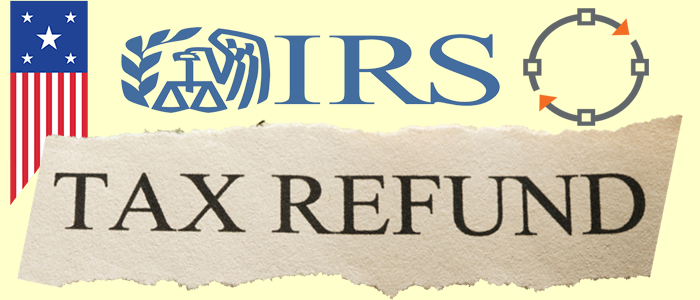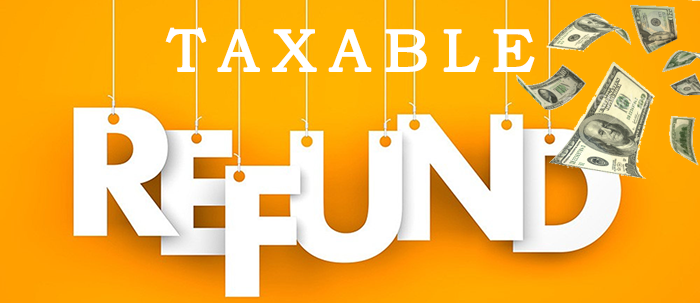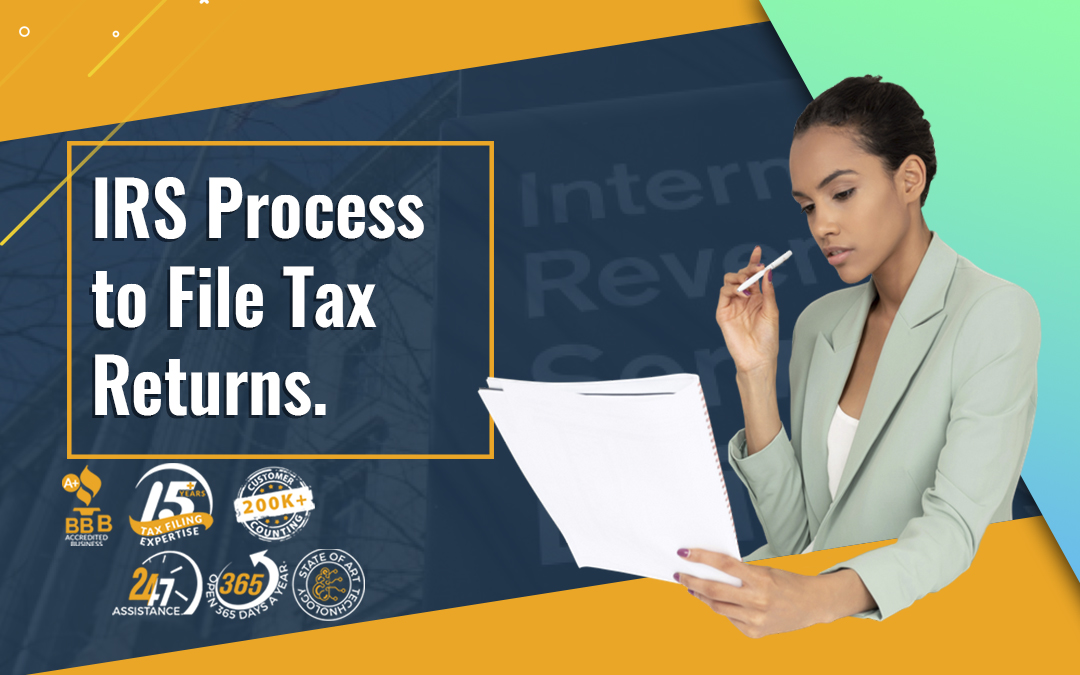
IRS Tax Refund
IRS Tax Refund
IRS Tax Refund,According to the information available to the IRS, every year a substantial number (about 75-80%) of the taxpayers are eligible for tax refunds in some form or the other. Of course, there are different clauses and conditions when it comes to tax refunds, but the general idea remains the same.
If you have paid more taxes than what you are liable for, the government issues a refund for the same, as long as you meet all the conditions.
You have filed your tax returns and realize that the government owes you a certain amount of money. That can be both exciting as well as confusing. It is exciting because you are eligible for a refund and confusing because you have no idea when you can realize those refunds.
Tracking IRS Tax Refunds
The IRS has several useful tools available for its taxpayers, but the Refund tracking tool is something that all the taxpayers rejoice.
If you visit the IRS website, you get an option of “Where’s My Refund”.
This is the most accurate medium for checking your tax refunds, as the IRS updates the entities every 24 hours. You need not be a techno wiz craft to use the tool as well. All that you need is your Social Security Number or Employee Identification Number, whichever was used for filing of taxes. Up next, you would need the filing status, such as single, married jointly filing or married filing separately etc. And lastly the exact amount of tax refunds.
Individuals who have filed their taxes electronically can track their refunds after 24 hours of their tax filing. On the other hand, if you have done it the old school way you will have to wait for a minimum of four weeks. The usual turnaround time for processing of refunds is about three weeks, but it at times it might take a bit longer owing to the fact that the IRS is underpowered when it comes to resources.
Don’t forget to check out Best Investments for Boosting Your Tax Refund
Missing Refunds
While opting for tax refunds, the safest and easiest option is to provide your details and the amount gets credited directly into your bank account. As you do not have to worry about the check and its traversal, it is the safest option as well. And the quickest as well, since you do not have to visit the bank or ATM to encash the same.
Quite a few individuals or taxpayers to be specific opt for getting the refunds in the form of checks. In fact, the IRS does not allow more than three deposits per year for a specific bank account, so you might have to resort to checks in such cases. Though is it not a usual occurrence, there are chances of the same getting lost from time to time. You should immediately reach out to the IRS in such a scenario to trace your missing check. There are two possible outcomes when it comes to a missing check, either it was cashed or it wasn’t. The IRS will investigate and find out if the check has been cashed or not. If no, they will send out a replacement check for you. If yes, the IRS then starts working towards a claims package. Once all the formalities are over, they will issue a replacement check.
If you have opted for filing your tax returns electronically, you can expect the refunds within 21 days of the filing.
But when it comes to refunds for paper returns, the IRS takes about 6-8 weeks and the duration reaches 8-12 weeks if there are amendments to the returns. Make sure you wait for the mentioned timelines before reaching out to IRS regarding the same.
Looking to get bigger IRS tax refunds, click here to know how.





Recent Comments